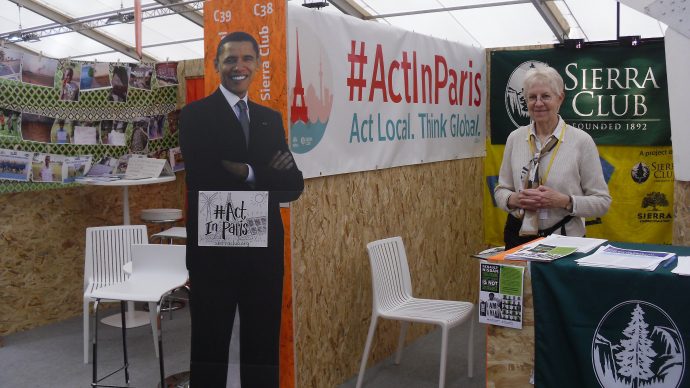Den 1. juni var det et år siden, at den amerikanske præsident, Donald Trump, erklærede, at han vil trække USA ud af Paris-aftalen.
Klimaindsatsen fortsætter imidlertid i det store nordamerikanske land, lyder det fra initiativet America´s Pledge. Kampagnens hovedmænd er den californske guvernør Jerry Brown og milliardæren Michael Bloomberg.
Sidstnævnte lover nu 70 millioner dollar (knap 447 millioner danske kroner) til et helt nyt klimainitiativ ved navn American Cities Climate Challenge.
20 udvalgte byer
Formålet med initiativet er at reducere klimaskadelige udledninger samtidigt med, at lokale økonomier udvikles. Milliardærens fond, Bloomberg Philanthropies, vil udvælge 20 borgmestre, som viser den stærkeste klimavilje.
De udvalgte byer vil herefter indgå i et to-årigt program, som skal forstærke indsatsen.
“Borgmestre ser ikke på klimaforandringer som et ideologisk spørgsmål. De ser på det som et spørgsmål om økonomi og offentlig sundhed,” siger Bloomberg i en pressemeddelelse.
“Uanset hvilke beslutninger Trump-administrationen tager, er borgmestrene fast besluttede på at fortsætte med at gøre fremskridt. The Challenge vil arbejde sammen med vort lands mest ambitiøse borgmestre for at hjælpe dem med at komme længere og hurtigere frem mod at nå deres klimamål”, fortsætter han.
Ifølge en pressemeddelelse fra American Pledges er der fuld fart på klimainitiativer i USA et år efter Donald Trumps udmelding.
“We Are Still In” er budskabet fra mange amerikanske stater, byer, universiteter, virksomheder og civilsamfundsgrupper.
Her er lidt nøgletal fra America’s Pledge:
Key Facts: U.S. Climate Action Trends, 2017–2018
- Since Trump announced his intention to pull out of the Paris Agreement in June 2017, over 2,700 leaders from states, cities and businesses—representing 159 million Americans and over half ($6.2 trillion) of the U.S. economy—have continued to act on climate, driving down greenhouse gas emissions and scaling renewables while creating jobs and driving robust economic growth. Source: America’s Pledge analysis.
- In 2017, non-federal
climateaction and sustained investment in clean energy technology resulted in energy-related U.S. carbon dioxide emissions falling to their lowest levels in 25 years. The U.S. has cut carbon emissions 14% since 2005, even as the economy has grown 20% in that period. Source: EIA & BEA - Deployment of clean energy technologies continues to accelerate. Since June 1, 2017, the U.S. has added more than 9 GW of renewable electricity capacity—enough to power more than 2 million homes each year. In the first two months of 2018 alone, the U.S. added 2.1 GW of wind and solar. Meanwhile, more coal retired in the first month of 2018 than retired between 2009 and 2011, inclusive. Source: EIA
- Cities, states and businesses are stepping up to provide climate leadership in dramatic fashion, from implementing carbon-pricing legislation to making ambitious renewable energy commitments. These collective actions are proving that, even in the absence of federal climate leadership, progress can be made both locally and in the private sector. For instance:
- States accounting for 35% of the U.S. economy are expected to put a price on carbon pollution by the end of this year. Hawaii recently became the first state to commit to carbon neutrality, with a target date of 2045.
- Eighty-four cities and counties have committed to sourcing 100% of their electricity from renewable energy. The most recent example is Minneapolis, which in April adopted its goal of achieving 100% renewable electricity by 2030.Source: Sierra Club
- Over 100 companies have announced emissions reduction targets in line with the Paris Agreement, including some of the world’s largest emitters. Twenty-five of these companies are headquartered in the U.S. Source: Science Based Targets
- The rest of the world is forging ahead. After Trump’s announcement, the other 19 members of the G20, including countries as varied as China, Japan, Germany and Saudi Arabia, closed ranks to reaffirm their “irreversible” commitment to the Paris Agreement. The last two remaining countries not yet committed to the Agreement—Nicaragua and Syria—signed on, and diplomats from 195 countries are expected to finalize the detailed implementation arrangement of the Agreement this fall.















